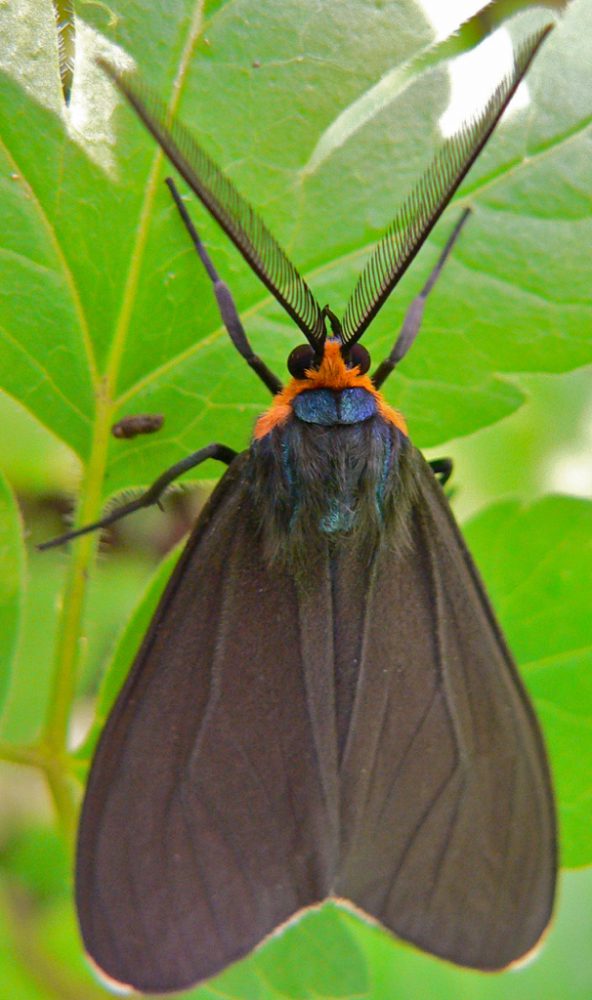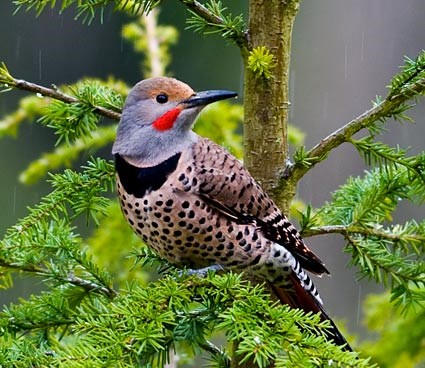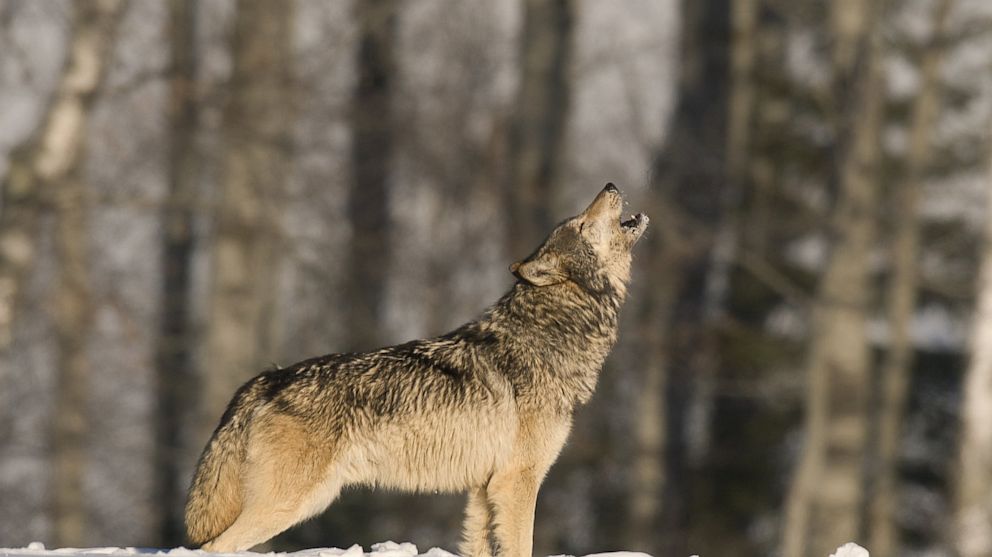But mosquitoes are! There was no escape and I had to leave after three days of unceasing feasting by the high pitch buzzing. I got them in my eyes a few times but nothing too serious and mosquitoes don't have much of a taste, eaten one at a time.
I kept seeing this little buddy everywhere, crawling incessantly - but where to? A few on my tent were miraculously crawling on the underside of the rain fly - upside down on the polyurethane or whatever kind of plastic it is.
Caterpillar Hosts: Grasses, irises, sedges.
Well I have lots of those so makes sense. I did put some from the forest, more into the grasses. So I'm glad that is their host plant!! I was wondering - they all seemed to be crawling out of the forest and towards the grasses.
So I thought maybe the fur was poisonous! haha.
But no mention of that.
Wait I just searched poisonous and sure enough! Some mimic poison wasps and beetles
there are larvae that are poisonous or, more likely, irritating, so please be careful.here we go:
Aposematism: The metallic blue color of the thorax and abdomen mimics wasps which may be noxious to predators.Sound production: A specialized (tymbal), corrugated region on the third section of the thorax (metathorax) produces ultrasonic sounds which interfere with (“jam”) the sonar of moth-eating bats.Pyrrolizidine alkaloid sequestration: Caterpillars acquire and retain naturally produced toxic chemicals (pyrrolizidine alkaloids) from the plants they eat.
the largest wasp moth in North America.Cool! Now moving on.
I also had a close up encounter with one of these:
A Flicker! It was hanging out in the big Tamarack tree by my tent - so I wonder if it was eyeing the caterpillars and I wonder if it can eat those type of caterpillars. I thought I heard the caterpillars drop off the tent at night and then then I heard a bird hopping around.
Northern Flickers eat mainly insects, especially ants and beetles that they gather from the ground.
Also feeds on beetles, termites, caterpillars, and other insects.Sure enough! I was wondering why I heard this apparently loud bird hopping around on the ground outside my tent. Hilarious.
So I finally encountered close up one of the tree frogs that live in my wetland forest.
Stocked fish have been shown to predate up to 94% of native wetland creatures, including the Cope’s Grey Tree Frog, leaving the wetland a barren, fish filled waterway. The moral of the story here: if there aren’t fish in your pond, wetland, or small lake, DON’T PUT THEM THERE. Wetlands are not just a flooded prairie. They are a breeding ground, a sanctuary, and a life giving haven to many of Minnesota’s native wildlife, and they are fragile ecosystems that can be destroyed with the slightest human interaction.That's amazing - 'cuz I was actually thinking about what it would be to put fish in my wetland. Glad I didn't even pursue that thought! It just popped into my head.
The gray treefrog can change its color in seconds. It tends to become darker when it is cold or dark. Its coloring helps it blend in with tree bark!Wow I didn't know that the frog could change its skin color!





No comments:
Post a Comment